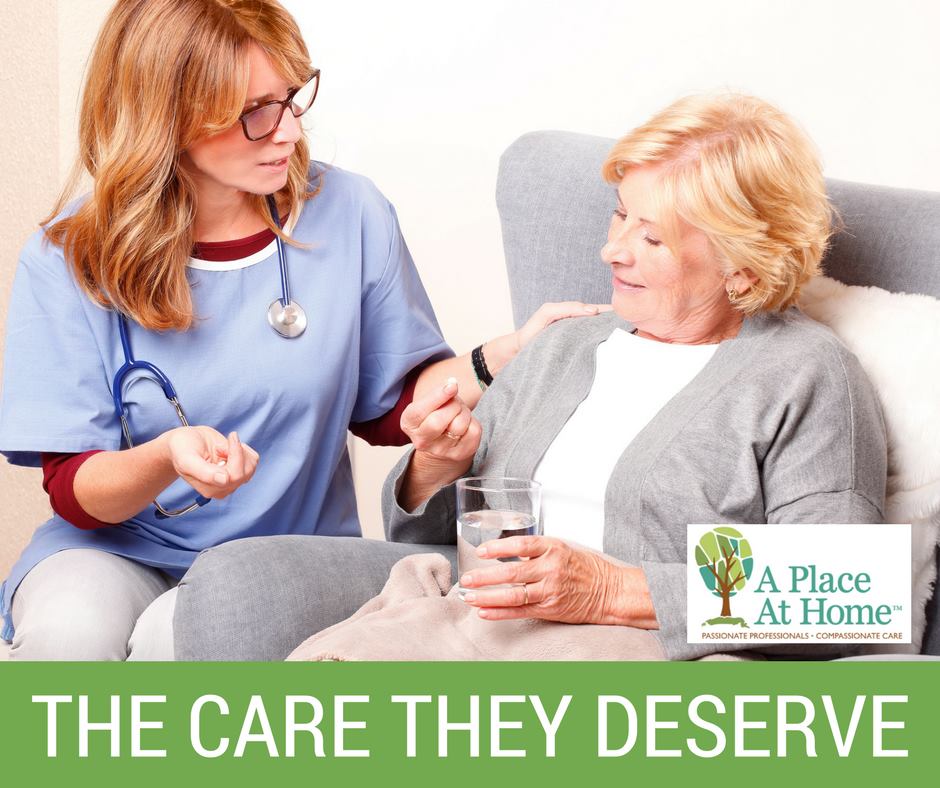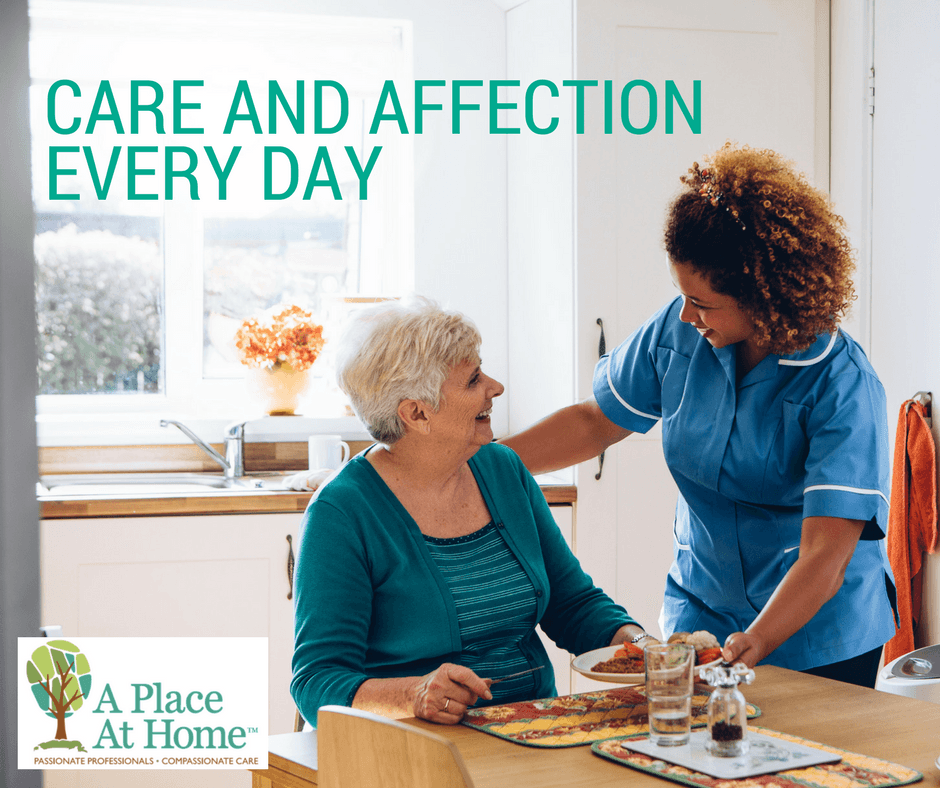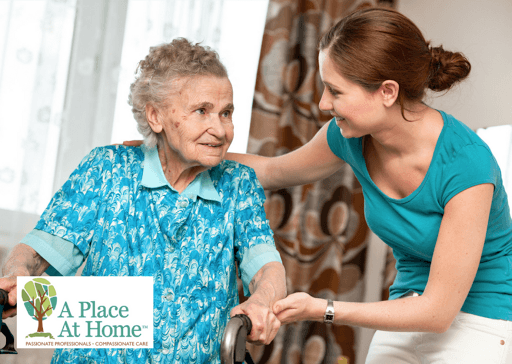If you have an aging parent or loved one in your life, you want the very best for them – especially where health and well being are concerned. There may come a time where moving to a senior living community is the best decision. This is often true if you live far from your aging relative, and cannot be in their lives daily to ensure safety. If you are there daily, giving care, and you’re starting to burn out, this can be another situation where your loved one might do better in a supportive living environment.
When Is It Time for Assisted Living?
These signs can mean you should consider assisted living for senior care:
- Increasing care needs: If the senior’s care requirements are getting beyond your ability, you should admit this, and consider moving your loved one along the continuum of care – to a supportive living arrangement.
- Cleanliness and organization issues: Is your loved one living in a less-than-clean home, no longer keeping up with housecleaning? Is the senior looking disheveled and not dressing themselves neatly or possibly not bathing often? A new living arrangement can help them keep up–and feel much better.
- Isolation: Is your loved one spending most of their time alone? More social interaction, which comes with a quality senior living community arrangement, will greatly improve their physical and emotional well being.
Safety risks: Is your senior parent having trouble navigating their two-story home? Does he or she leave the kettle or stove on, risking not only burned food, but a house fire? In a supported living environment, your loved one could receive help with meals and mobility, keeping them out of danger.- Caregiver burnout: If you or other family caregivers are suffering increased stress when caring for a senior loved one, the cared-for person will likely notice. Your aging relative could then suffer stress and begin worrying about you. Also, if you’re burned out, or simply have less time to care for your loved one (due to longer work commutes, kids who need care, etc), the senior may thrive in a well-run assisted living situation.
Get Help with Assisted Living and Senior Care Options in Omaha
Sometimes wanting the best, and doing your best, means getting experts involved. We can to help you transition to a senior living community (for yourself or a loved one). If you’re unsure about options for senior living – or confused about next steps – get experienced support. Contact A Place at Home today!










